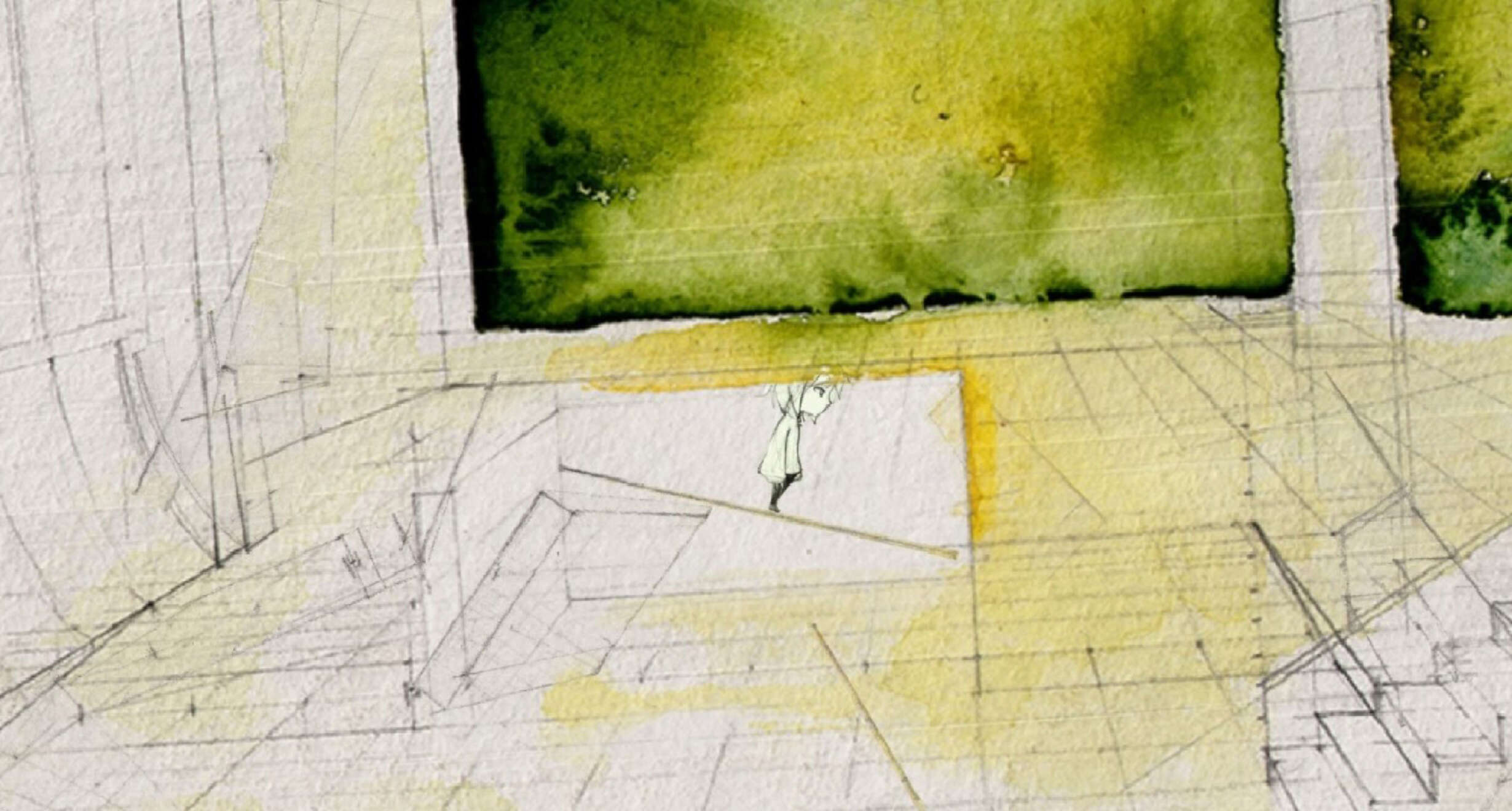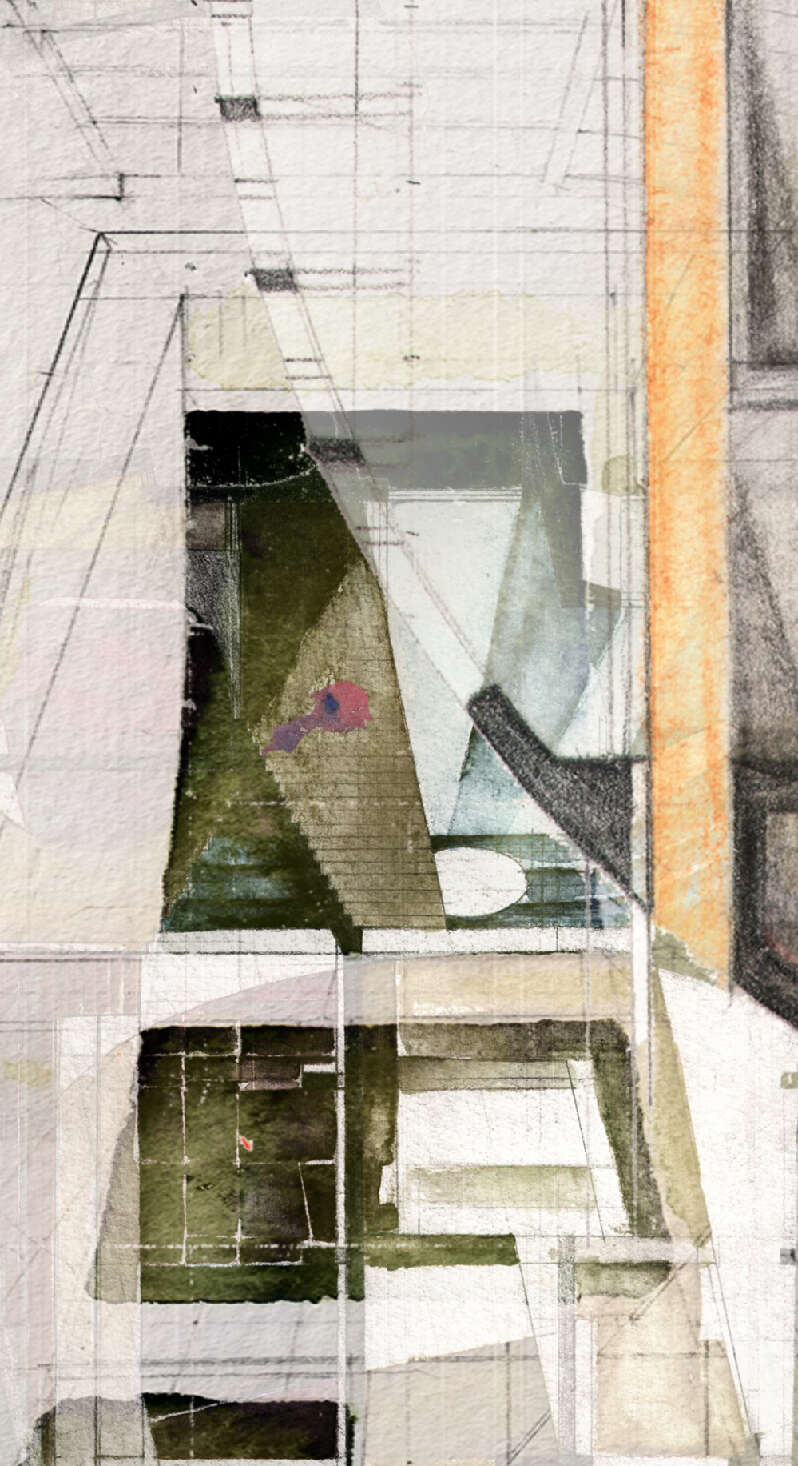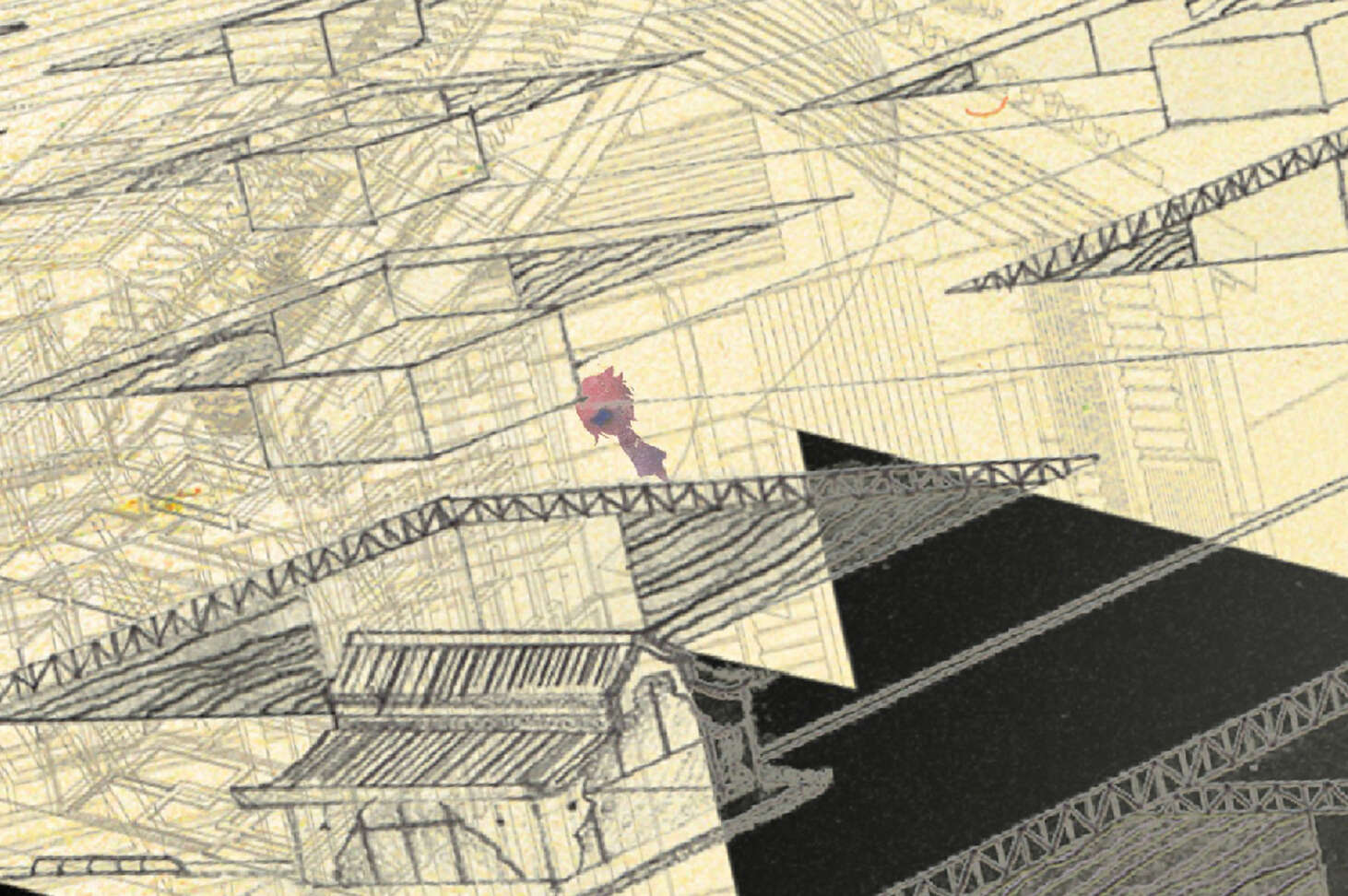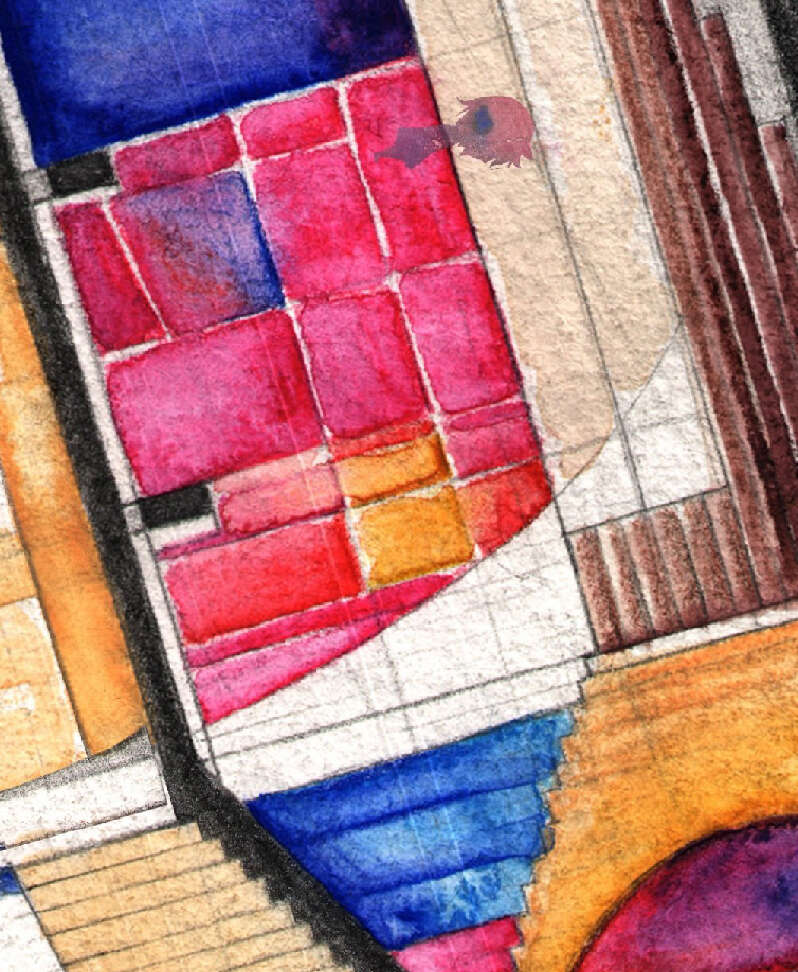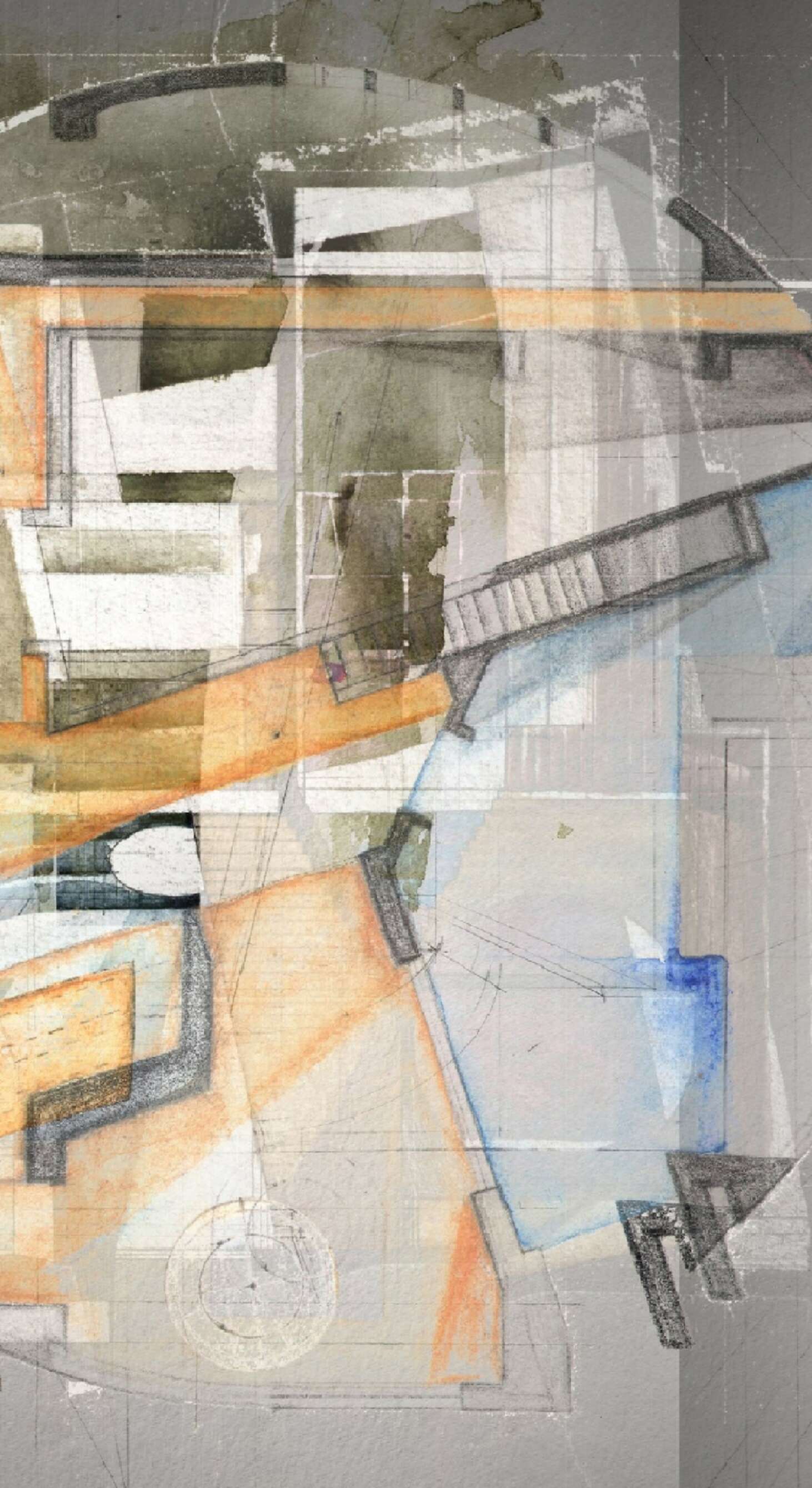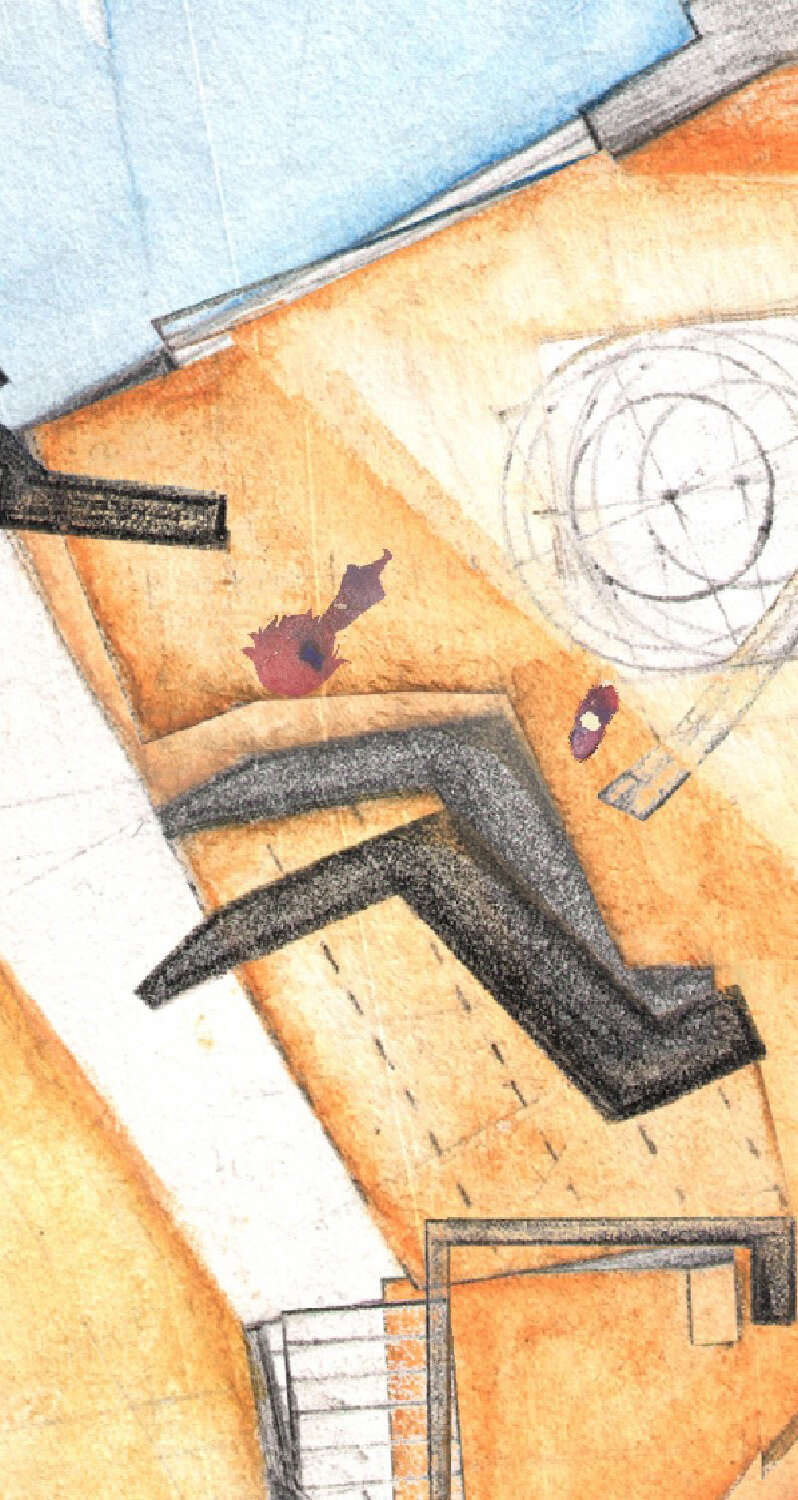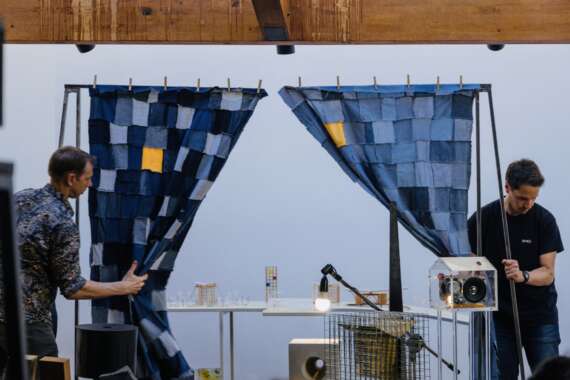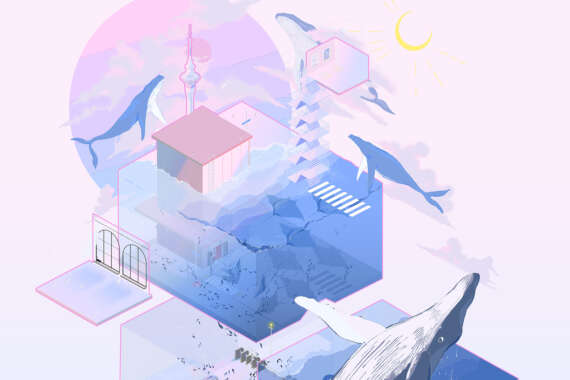Cosmopoiesis: To Code the Drawing
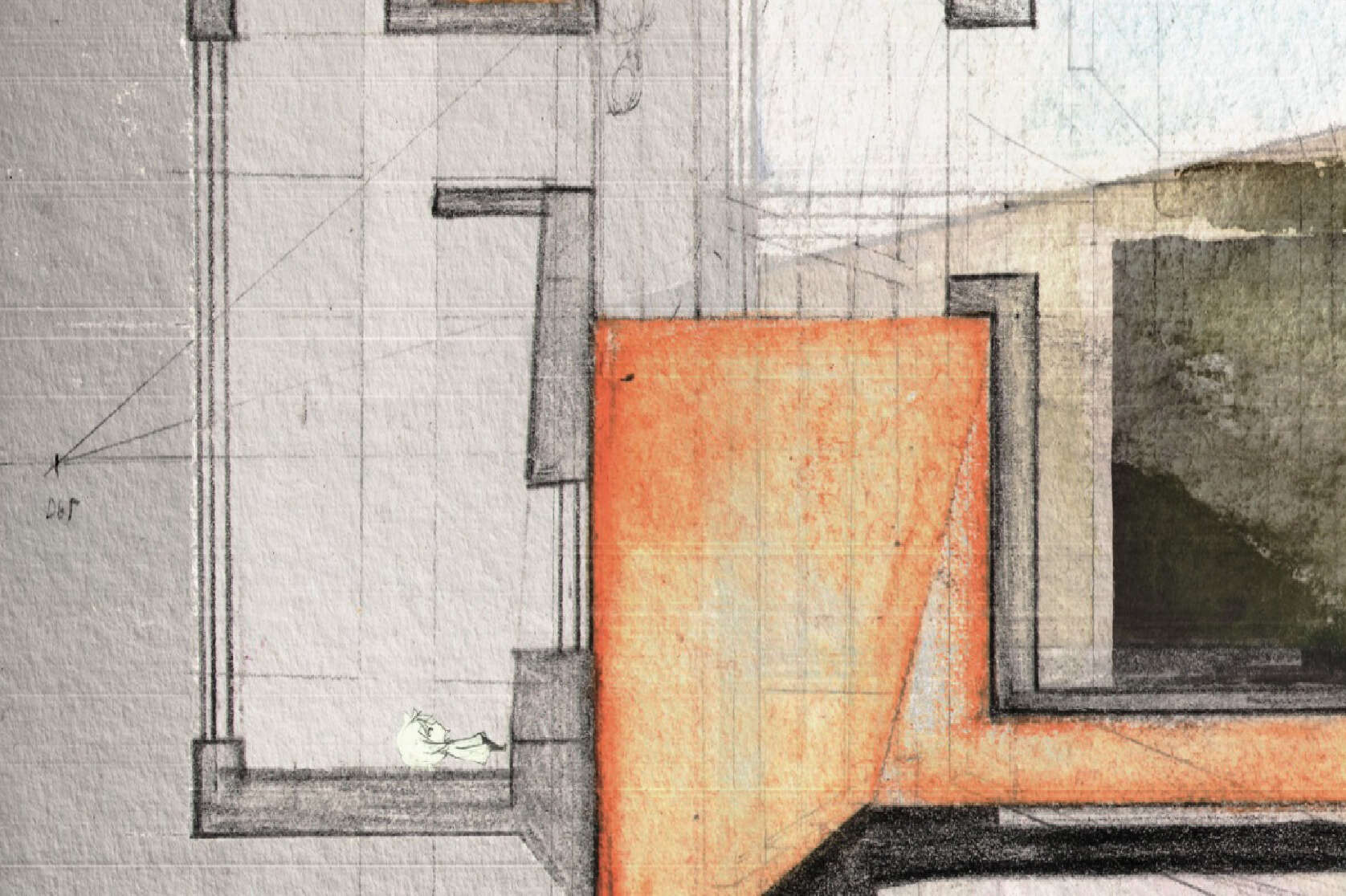
How can architectural hand-drawing techniques find new representational expression through the act of coding?
The architectural thread of inquiry of this thesis is to speculate on new means of spatial representation through the synthesis of 2D drawing techniques and the act of coding. As I am already familiar with 3D vector and point-based drawing software such as Rhino and Revit, I have elected to use a 2D game creation engine called GameMaker: Studio because it allows me to interrogate the spatial capabilities of the 2D drawing through coding. The project will not use GameMaker: Studio to design a game, but to be used to help me with design and to think 2D.







